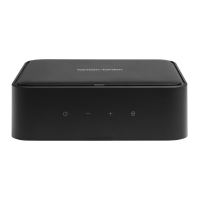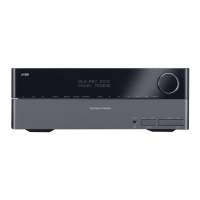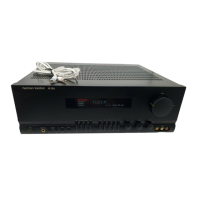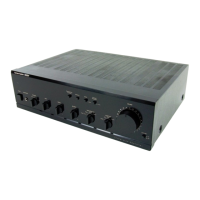7
1. USE ONLY ROSIN CORE (NON-CORROSIVE) SOLDER! The solder you purchase should be clearly
labeled for radio and television use. The usual composition is 60% tin and 40% lead indicated on the
package label as 60/40. Do not use so-called non-corrosive paste. This compound is highly corrosive when
heated and will destroy the insulation value of non-conductors and will quickly lead to erratic or degraded
performance. It has been our experience that the following solder offer the best results.
Alpha, Cen-tri-core energized rosin 60/40 alloy .062 dia.
Bow, AE 16 rosin core 60/40 alloy .062 dia.
Kester, “44” rosin core 60/40 alloy.
Kester, “Rosin Five” core 60/40 alloy.
Multi-core, Solder #13 SWG (5 core) Flux 364 (rosin) 60/40 alloy.
2. Use a high quality soldering iron in the 50-80 watt range. You may choose either the standard diamond or
chisel tip. Always keep the tip clean and properly tinned in accordance with the manufacturer’s instructions.
3. All terminals and leads must be free from dirt, wax, and corrosion, for solder will not adhere to dirty
surfaces. Carefully scrape all terminals and leads which are not clean before applying solder.
4. Solder alone cannot be relied upon for strength. A good mechanical connection must always be made before
applying solder. Tinning the leads on resistors and condensers is not always necessary, but is advisable for it
helps the solder adhere more readily to the connection.
5. To solder properly, apply the soldering iron to the joint until the joint heats sufficiently to melt the sol der.
Apply the solder and hold the iron on the connection until the solder flows freely around and into the
connection. Merely melting drops of solder onto the connection is not satisfactory and will result in faulty
connections.
6. The general appearance of a connection can indicate if it is properly made. A “cold” solder joint presents a
dull and pitted or grainy appearance. A good solder connection should have a bright and smooth appearance.
When in doubt as to the condition of a connection, it may be tested by moving the leads slightly to
determine if they are loose. Always apply fresh solder when correcting a loose or “cold” solder connection.
As a rule, simply reheating the defective joint will not properly do the job.
7. When using your soldering iron, avoid applying excessive heat, as this can result in damage to certain
components. When soldering a joint having a small component connected to it, the part may be protect ed
from excessive heat produced by the iron by grasping the lead between the joint and the component with a
long-nose pliers. The pliers will then conduct most of the heat away from the component, pre venting
overheating and damage.
8. Do not use excessive solder when making a connection. Use only enough solder to cover all leads and to
insure a tight connection. Excessive solder may result in the formation of shorts between adjacent terminals,
particularly on tube sockets and switch terminals.
9. The step-by-step instructions tell you when to solder and when not to solder a connection. When the lette rs
“NS” appear after or during a step, simply wrap or crimp the lead to the terminal and proceed to the next
step. When all connections have been completed to this terminal, the solder designation “S” will follow.

